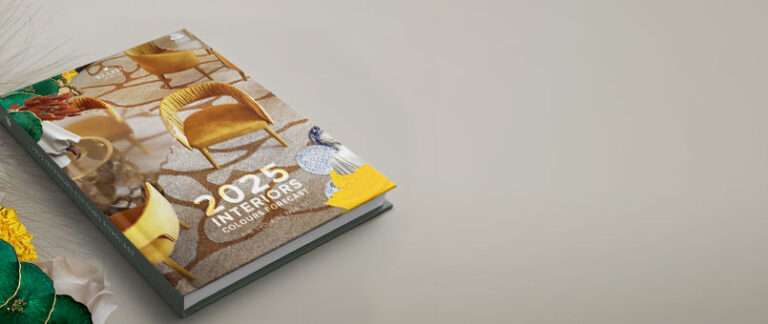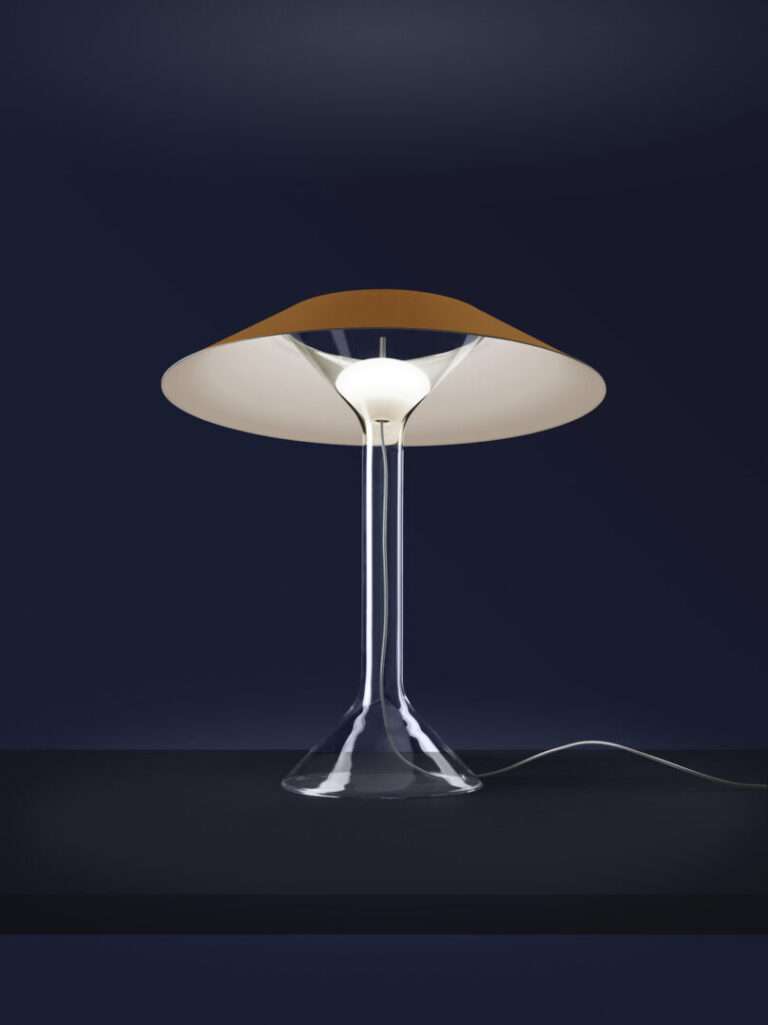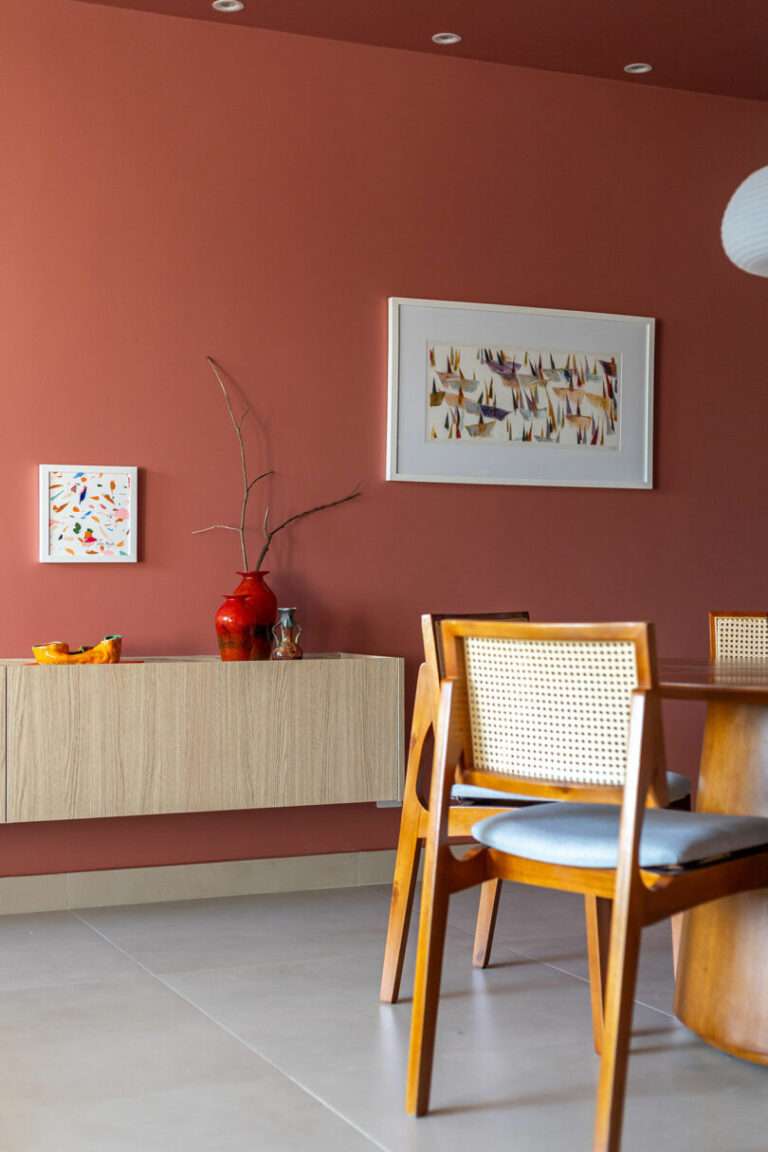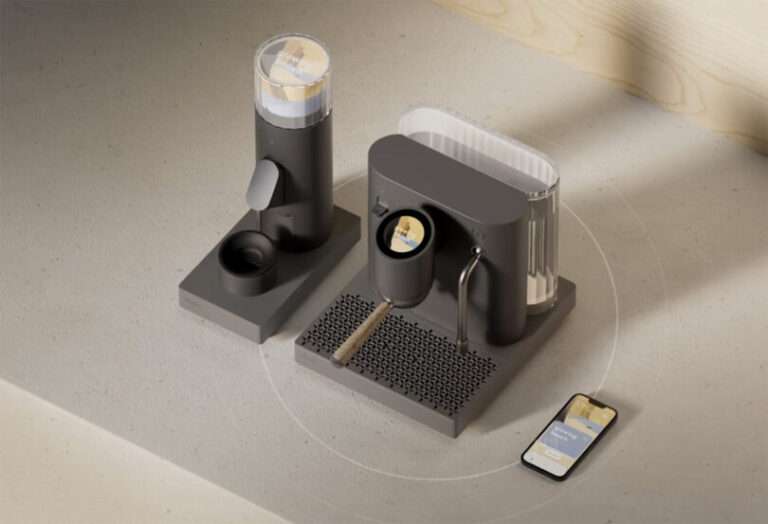When you step into a well-designed kitchen, the harmony between different materials can be both striking and seamless. One of the most elegant ways to achieve this balance is through the thoughtful transition from kitchen tile to wood flooring. This design choice not only highlights the beauty of both materials but also adds a layer of sophistication to your space. Here, we will explore creative kitchen tile to wood floor transition ideas to make this transition not only smooth but also a statement feature of your kitchen.
Exploring the Beauty of a Flush Transition
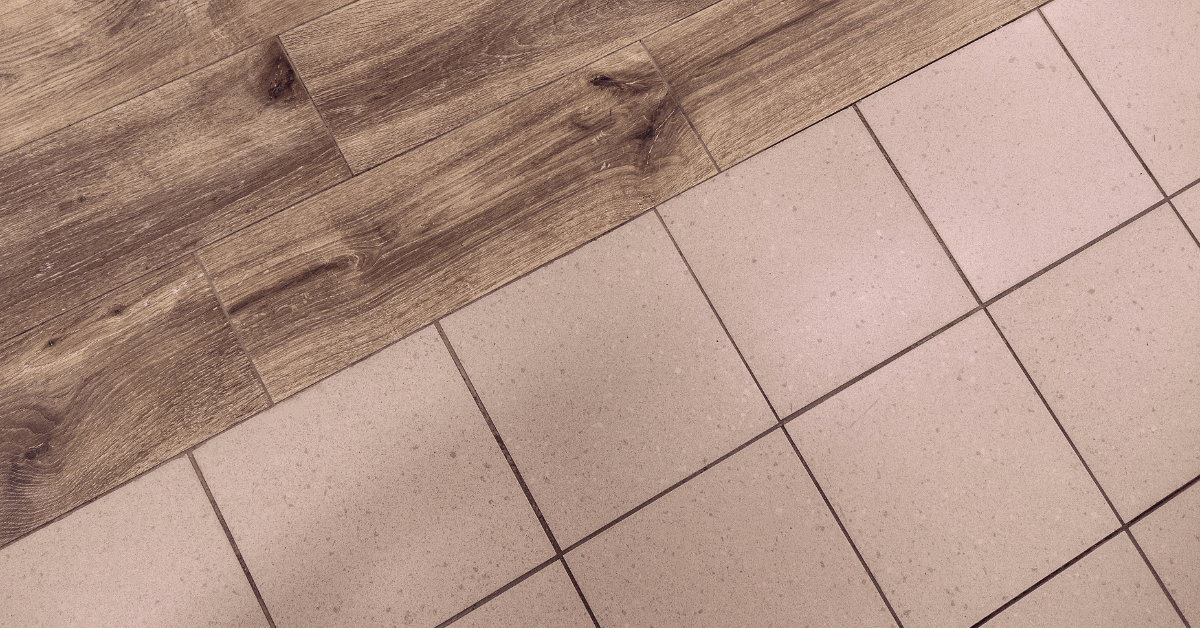
A flush transition is one of the most sought-after techniques for merging kitchen tile with wood flooring. This method involves aligning the two materials at the same height, creating a clean, uninterrupted look that enhances the flow between spaces. It’s particularly effective in open-plan homes where a seamless floor can visually expand the space. Opting for materials that complement each other in color and texture can subtly define the areas while maintaining a unified feel. For instance, a dark walnut wood next to a matte charcoal tile can offer a striking contrast that is both modern and timeless.
Using a T-Molding Strip to Define Spaces
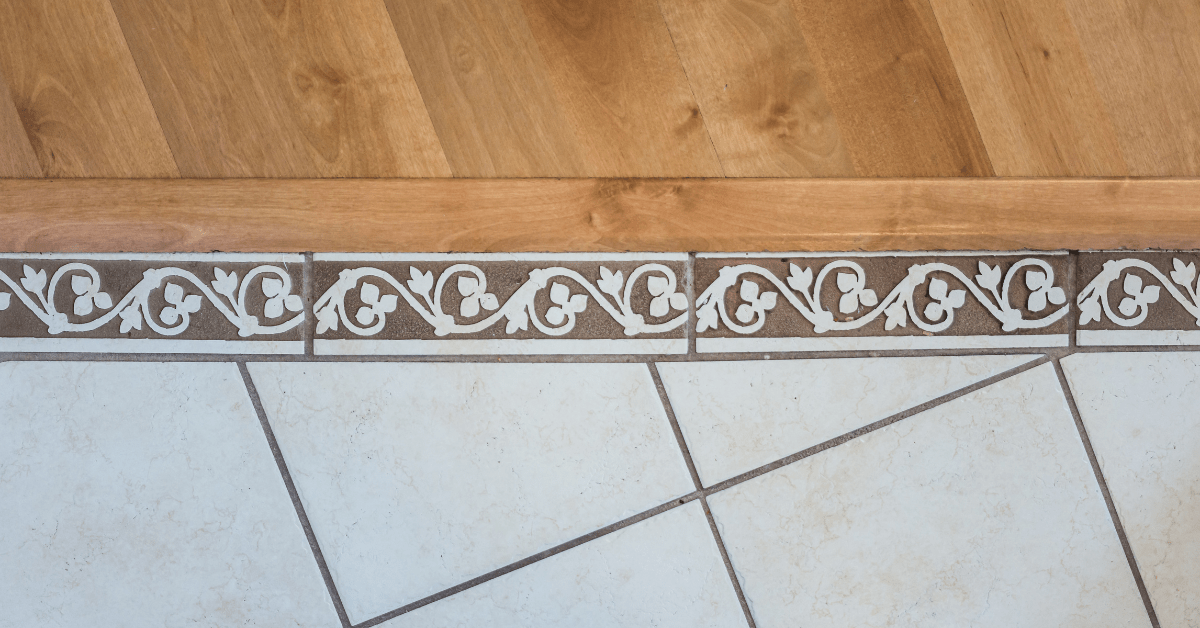
For those who prefer a clearly defined separation between their kitchen tiles and wooden floors, incorporating a T-molding strip is a practical and stylish solution. This small addition not only helps in accommodating the expansion gap needed for wood floors but also adds a decorative touch to the transition. Available in various materials and finishes, T-molding strips can be chosen to either blend in with the floors or to stand out as an accent feature. For example, a brass strip between a creamy tile and rich oak flooring can introduce an unexpected element of glamour.
The Art of Gradual Transitions
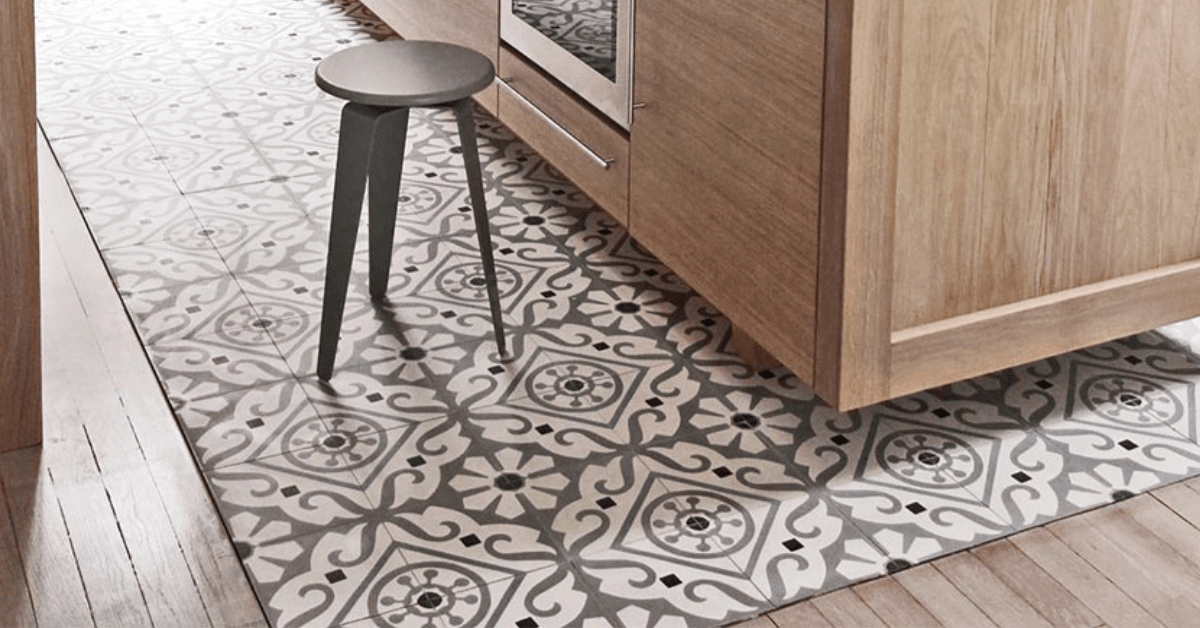
Creating a gradual transition is another fabulous way to merge tile and wood flooring. This can be achieved by using a series of planks or tiles that taper off into the other material, mimicking a natural, gradual blend. This method is particularly effective in rustic or farmhouse-style kitchens, where a softer edge aligns with the casual aesthetic. Imagine a ceramic tile fading into a reclaimed wood floor, each plank slightly overlapping the next, like the gentle lapping of waves onto the shore.
Innovative Use of a Chevron or Herringbone Pattern at the Threshold
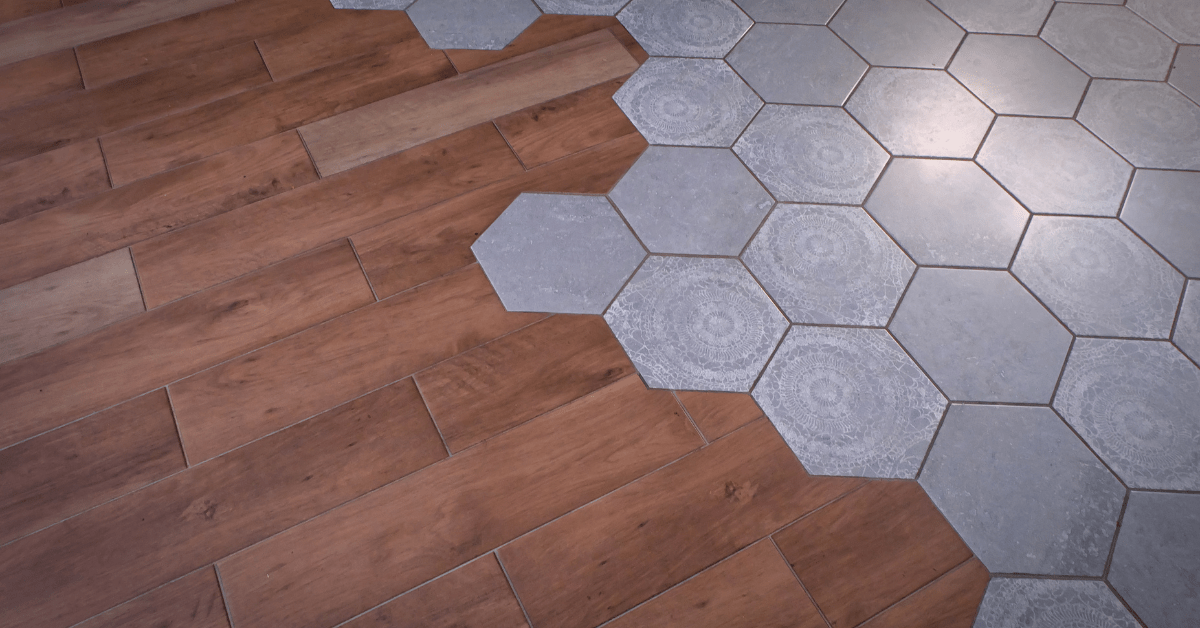
For those looking to add an artistic flair to their floor transitions, employing a chevron or herringbone pattern at the junction can serve as a beautiful focal point. This approach not only catches the eye but also directs the flow of movement between the two areas. By using the wood and tile to create this pattern, the transition becomes the centerpiece of the room’s design. Whether you choose a bold contrast in color or a more subdued palette, the intricate patterns can dramatically elevate the overall aesthetics of your kitchen.
FAQs
Related Articles
Creating a harmonious transition between different flooring materials in the kitchen can significantly impact the feel and functionality of your home. It’s about more than just aesthetics; it’s about crafting a space that feels cohesive and inviting. With these ideas, homeowners can confidently experiment with various styles, ensuring that their kitchen not only serves their needs but also reflects their personal taste and style.
Ready to bring new life to your home? Subscribe to our newsletter for exclusive interior design tips, trends, and ideas that will transform your space. Click here to subscribe!
